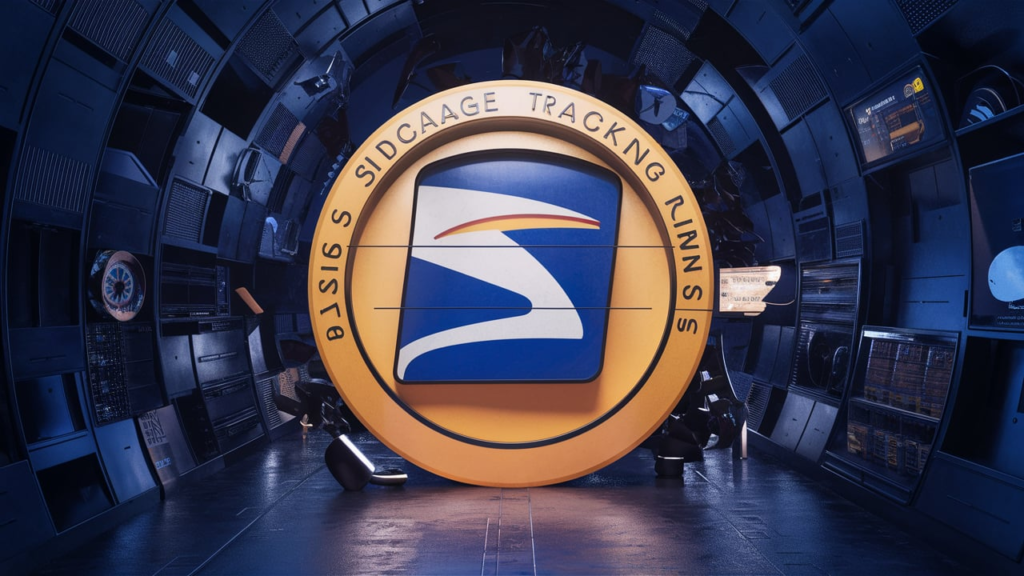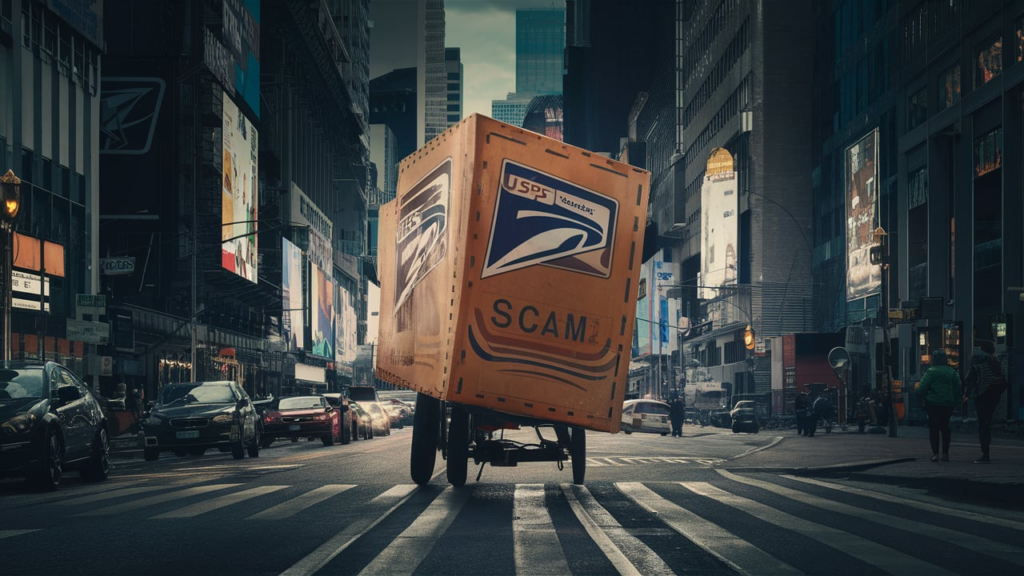
Introduction
In the ever-evolving landscape of online scams, the 9300120111410471677883 USPS package tracking scam has become a significant concern for many individuals. This scam exploits people’s trust in USPS tracking notifications to deceive and defraud. In this article, we’ll explore the intricacies of the 9300120111410471677883 scam, how it operates, its potential impacts, and strategies for protecting yourself against such fraudulent schemes.
Understanding the 9300120111410471677883 Scam
The 9300120111410471677883 scam involves fraudulent messages that appear legitimate USPS package tracking notifications. These messages use the number 9300120111410471677883 to mimic the format of real tracking numbers, leading recipients to believe that their package is either delayed or requires action. Here’s a closer look at how this scam unfolds:
- Fake Tracking Notifications: Scammers send messages with the number 9300120111410471677883, often including USPS branding and official-looking details. These messages are designed to look authentic, making it difficult for recipients to recognize them as fraudulent immediately.
- Deceptive Links and Websites: The messages typically contain links that direct users to fake websites designed to resemble USPS’s official site. These counterfeit sites are crafted to steal personal information, such as addresses and payment details, from unsuspecting users.
- Urgency and Pressure Tactics: The messages often employ urgent language to increase the likelihood of a successful scam, claiming immediate action is required to avoid delivery issues or additional charges. This sense of urgency can lead individuals to act hastily, bypassing their usual caution.
- Information Harvesting: Once users interact with the fraudulent links or provide personal details, scammers collect this information for malicious purposes. This can include identity theft, unauthorized financial transactions, or other forms of fraud.

How to Recognize the 9300120111410471677883 Scam
Identifying the 9300120111410471677883 scam involves being vigilant and discerning. Here are some common signs to look out for:
- Unexpected Notifications: If you haven’t recently made a purchase or are not expecting a delivery, be wary of receiving package tracking notifications. Scammers often target individuals with unsolicited messages.
- Suspicious Links: Avoid clicking on links in messages that look unusual or do not direct you to an official USPS website. Authentic tracking notifications from USPS will use their official domain and secure URLs.
- Requests for Sensitive Information: Genuine USPS communications will not ask for personal or payment information through email or text. Be cautious of any messages requesting such details.
- Poor Quality or Errors: Scams often contain spelling, grammatical, or awkward phrasing mistakes. Official USPS communications should be professionally written and error-free.

Steps to Take if You Encounter the 9300120111410471677883 Scam
If you suspect that you’ve received a message related to the 9300120111410471677883 scam, follow these steps to protect yourself:
- Do Not Click or Respond: Do not click on any links or respond to the message. Engaging in the scam could compromise your personal information.
- Verify with USPS Directly: Contact USPS through their official website or customer service number to verify whether the message is legitimate. Try not to utilize the contact data gave in the dubious message.
- Report the Scam: Report the fraudulent message to USPS, the Federal Trade Commission (FTC), and other relevant consumer protection organizations. Reporting helps to track and combat these scams.
- Update Security Software: Ensure your antivirus and anti-malware software are up-to-date to protect against malicious websites and phishing attempts. Regular updates are crucial for maintaining your digital security.

Preventing Package Tracking Scams
To reduce the risk of falling victim to package tracking scams, consider implementing the following practices:
- Be Cautious with Notifications: Always verify the legitimacy of package tracking notifications through official channels. Try not to tap on joins from spontaneous messages.
- Educate Yourself and Others: Stay informed about common scams and educate friends and family about how to recognize and avoid fraudulent schemes.
- Strengthen Online Security: Use strong, unique passwords for online accounts and enable two-factor authentication where available. These measures can add an extra layer of security.
- Monitor Financial Statements: Review your bank and credit card statements regularly for unauthorized transactions or unusual activity. Early detection of fraudulent charges can prevent further damage.
The Impact of the 9300120111410471677883 Scam
The 9300120111410471677883 USPS package tracking scam can seriously affect individuals and businesses. Victims may experience financial loss, identity theft, and emotional distress. The scam undermines trust in legitimate delivery services and online transactions, highlighting the need for heightened awareness and preventive measures.
Protecting Your Business from Scams
For businesses, especially those involved in e-commerce and logistics, educating customers about potential scams and promoting best practices for online security is essential. Companies should provide clear communication channels and robust security measures to mitigate the risks associated with scams like the 9300120111410471677883 scheme.
Conclusion
The 9300120111410471677883 USPS package tracking scam is a significant reminder of the importance of vigilance in the digital age. Understanding how the scam operates and taking proactive steps to verify information and protect personal details can reduce the risk of falling victim to such fraudulent schemes. Stay informed, avoid unsolicited communications, and verify tracking information through official sources.
Frequently Asked Questions (FAQs)
1. What should I do if I receive a message with the number 9300120111410471677883?
Ans: If you receive a message with this number, do not click on any links or provide personal information. Verify the message with USPS through their official channels.
2. How can I report the 9300120111410471677883 scam?
Ans: Report the fraud to USPS, the FTC, and relevant consumer protection agencies. Announcing assists specialists with making a move against scammers.
3. How might I stay away from comparable tricks from now on?
Ans: Be cautious of unsolicited messages, verify tracking information through official sources, and keep your security software up-to-date to protect against phishing attempts.
For more information on safeguarding against online scams and protecting your personal information, visit trusted cybersecurity resources and stay updated on the latest fraud prevention techniques.




